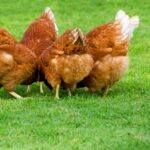
Cinnamon Queen Started Pullet – 15 to 22 weeks old female
Shipped Only Year Round. No Pick up Orders! Started Pullets are 45.00 ea. Shipping charges are non refundable. MAXIMUM OF 2 PER ORDER ONLY NEXT AVAILABLE SHIP DATE IS IN DEC Continue Reading
Cinnamon Queen Started Pullet – 15 to 22 weeks old female
Shipped Only Year Round. No Pick up Orders! Started Pullets are 45.00 ea. Shipping charges are non refundable. MAXIMUM OF 2 PER ORDER ONLY NEXT AVAILABLE SHIP DATE IS IN DEC Continue Reading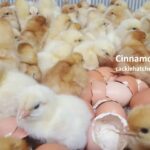
Cinnamon Queen Hatching Eggs – 12 for $61.68 24 for $101.28 FREE SHIPPING
Seasonal/Shipped Mid February thru June 5th
Continue Reading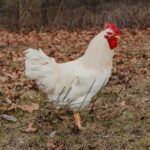
Not Sexed = 3
Female = 3
Male = 1
Total of 3 birds to ship
Seasonal/Shipped Feb thru October
Continue ReadingNot Sexed Cinnamon Queen
Continue ReadingFemale Cinnamon Queen
Continue ReadingMale Cinnamon Queen
Continue Reading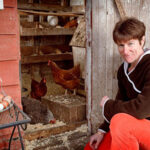
By Cackle Hatchery Here at Cackle Hatchery® we are constantly fielding questions from our customers. Below are answers to 17 of the most common questions we hear about chickens and eggs. Why do chickens lay eggs? Chickens lay eggs to reproduce more chickens. However, unless a rooster is present, the eggs won’t be fertile and […]
Continue ReadingEnjoy your free downloadable gift for updating your dealer listing with us here at Cackle Hatchery! Click Here to Download As an added bonus after downloading feel free to print any Cackle Hatchery sales sheets for poultry you may need instore: PRINTABLE CHICK SALES SHEETS Tips for printing: Make sure your printer settings are set […]
Continue Reading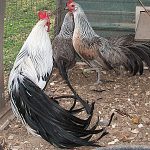
A chicken’s gender may be determined by a number of different methods. Which method works best depends on the bird’s age, breed and variety, and skill of the observer. Here are the four common ways to sex a chicken. Vent Sexing Vent sexing can be done soon after a chick hatches. Also called cloacal sexing, […]
Continue Reading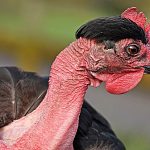
Chickens have no sweat glands, so chicken breeds that originated in hot climates have developed other features to help them stay cool. One is to grow a large comb and wattles, through which blood circulation increases in hot weather to help dissipate body heat. Another warm-climate adaptation is to avoid trapped heat by developing sparse […]
Continue Reading